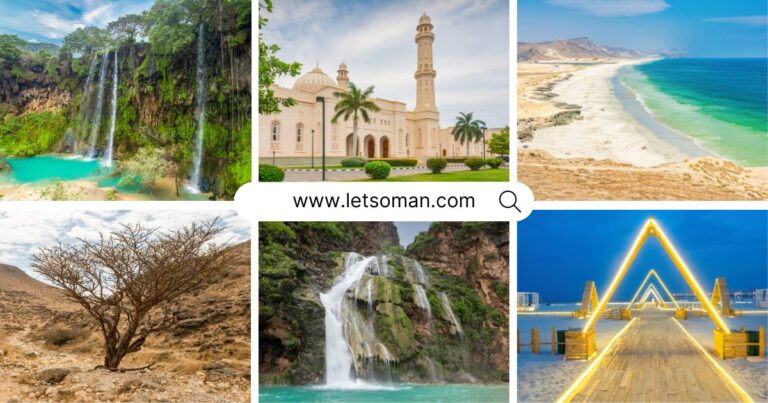Festivals in Oman’s calendar offers visitors an extraordinary opportunity to experience the Sultanate’s rich cultural heritage firsthand. From grand month-long celebrations showcasing traditional arts to unique sporting events rooted in ancient Arab customs, Omani festivals provide authentic insights into local traditions, customs, and community spirit. Planning your visit around these spectacular events will enhance your understanding of Omani culture while creating unforgettable memories.
Major Cultural Festivals in Oman
1. Muscat Festival – Oman’s Grand Cultural Showcase
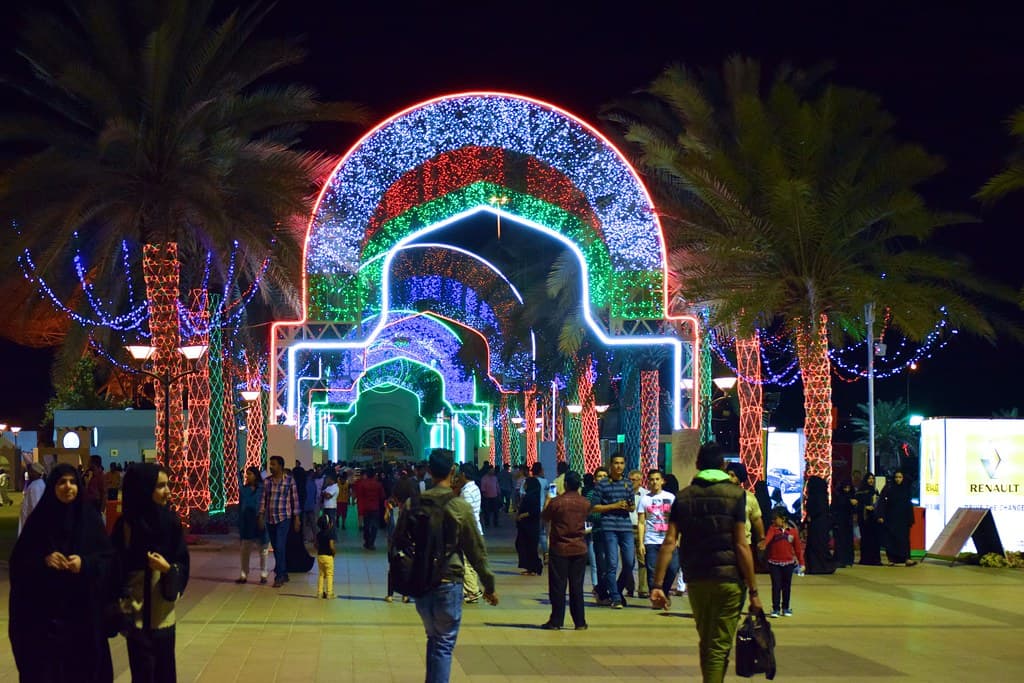
The Muscat Festival stands as Oman’s premier cultural celebration, transforming the capital into a vibrant hub of traditional and contemporary entertainment. This month-long extravaganza serves as a bridge between Oman’s illustrious past and dynamic present, attracting hundreds of thousands of visitors annually.
Festival Highlights:
- Traditional theater performances featuring Omani folklore
- International acrobatic and circus performances
- Educational exhibitions showcasing Omani history
- Competitive sporting events including traditional games
- Spectacular camel racing competitions
- Children’s entertainment zones with rides and games
- Authentic Omani and international cuisine pavilions
- Nightly firework displays illuminating Muscat’s skyline
Cultural Experiences: The festival offers guided tours that immerse visitors in traditional Omani lifestyle, featuring demonstrations of ancient crafts, storytelling sessions, and interactive workshops. These experiences provide deeper understanding of Omani customs and social traditions.
When: Mid-January to Mid-February (dates vary annually) Locations: Amerat Park, Oman Automobile Association grounds, Naseem Gardens Duration: 30 days
2. Salalah Tourism Festival – Monsoon Season Celebration
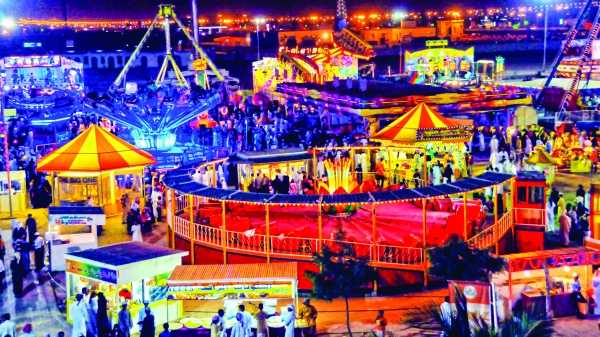
Coinciding with Oman’s unique Khareef (monsoon) season, the Salalah Festival celebrates the dramatic transformation of southern Oman into a green paradise. This summer festival offers respite from the region’s typical heat while showcasing both local and international cultural programs.
Festival Features:
- Open-air concerts featuring regional and international artists
- Traditional Dhofari cultural performances
- Adventure activities taking advantage of the cool monsoon weather
- Family picnic areas throughout Salalah’s parks
- Artisan markets selling local handicrafts and textiles
- Food festivals highlighting Dhofari cuisine
- Amusement rides and carnival attractions
- Theatrical productions in multiple languages
Unique Atmosphere: The festival capitalizes on Salalah’s rare monsoon climate, creating a magical atmosphere where visitors can enjoy outdoor activities in comfortable temperatures while the rest of the Arabian Peninsula experiences intense summer heat.
When: Late June to Late August Location: Throughout Salalah city Special Feature: Cool, misty weather during Arabia’s hottest season
Religious Celebrations in Oman
3. Eid Al-Fitr – The Festival of Breaking the Fast
As one of Islam’s most significant celebrations, Eid Al-Fitr marks the conclusion of Ramadan’s month-long fasting period. In Oman, this three-day festival brings communities together in joyous celebration, emphasizing family bonds, charity, and spiritual renewal.
Traditional Observances:
- Dawn Eid prayers at mosques throughout the country
- Family gatherings featuring elaborate festive meals
- Exchange of gifts, particularly for children
- Wearing of new traditional clothing
- Charitable giving to those in need
- Community feasts welcoming neighbors and visitors
Cultural Significance: Eid represents the spiritual and social fabric of Omani society, demonstrating the country’s commitment to Islamic values while showcasing legendary Arab hospitality. International visitors often find themselves welcomed into local celebrations.
When: Dates vary based on lunar calendar (typically late spring/early summer) Duration: Three days Cultural Impact: National holiday with widespread community participation
4. Eid Al-Adha – The Festival of Sacrifice
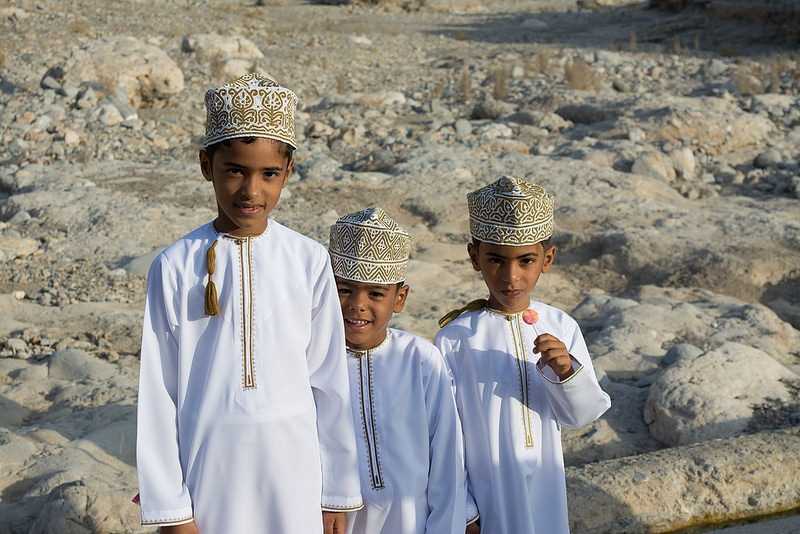
This major Islamic festival commemorates Prophet Ibrahim’s willingness to sacrifice his son in obedience to God. In Oman, Eid Al-Adha emphasizes themes of devotion, charity, and community solidarity through shared meals and charitable acts.
Traditional Practices:
- Special prayers at mosques nationwide
- Ritual animal sacrifice with meat distributed to families in need
- Extended family reunions and community gatherings
- Preparation of traditional Omani dishes
- Pilgrimage-related celebrations for those returning from Hajj
When: Dates vary based on Islamic lunar calendar Duration: Four days Significance: One of Islam’s holiest celebrations
Traditional Sports Festivals in Oman
5. Sultan Camel Race Cup – Ancient Sport Revival
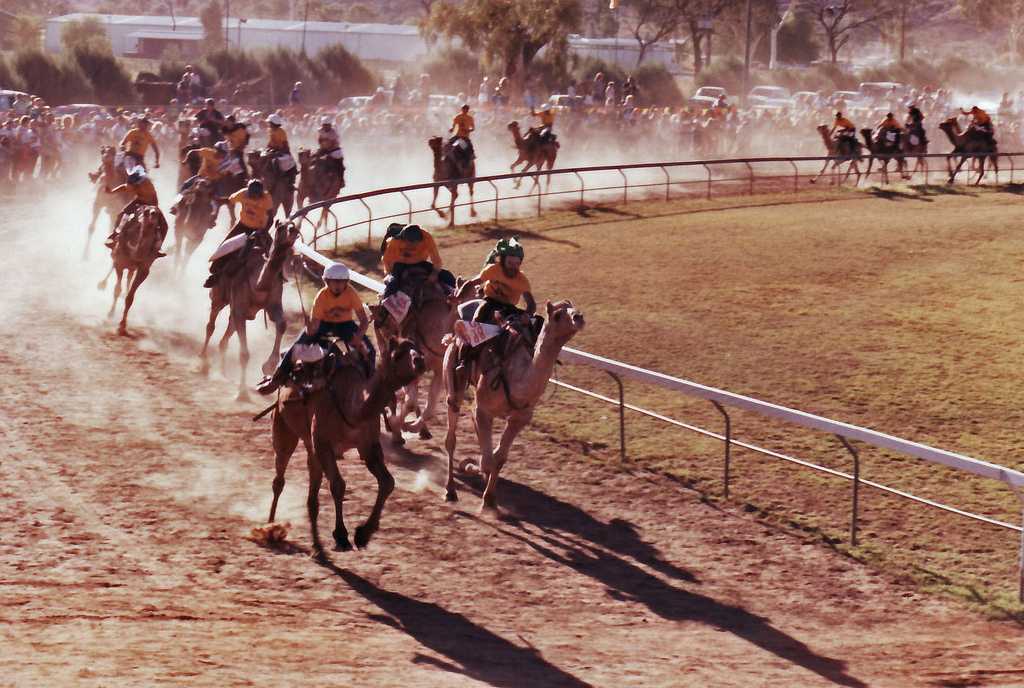
This prestigious sporting event celebrates one of Arabia’s oldest and most cherished traditions. The Sultan Camel Race Cup represents Oman’s commitment to preserving Bedouin heritage while providing thrilling entertainment for modern audiences.
Event Features:
- Professional camel races on purpose-built tracks
- Specially trained racing camels from dedicated breeding farms
- Traditional Bedouin cultural displays
- Handicraft exhibitions featuring desert crafts
- Traditional food stalls serving Bedouin cuisine
- Royal patronage highlighting the event’s cultural importance
Cultural Context: Camel racing connects modern Oman to its Bedouin roots, demonstrating the country’s respect for traditional Arab customs while adapting them for contemporary audiences.
When: Mid to Late March Location: Royal Cavalry Track, Al Felaij, Wilayat of Barka Duration: 3-4 days Special Recognition: Enjoys royal patronage and support
Regional and Seasonal Celebrations in Oman
6. Rose Festival (Nizwa/Jebel Akhdar)
Celebrating the blooming of Damask roses in Oman’s mountainous regions, this festival showcases traditional rose water production and mountain agriculture.
Festival Elements:
- Rose picking demonstrations
- Traditional distillation process exhibitions
- Rose product markets (rose water, perfumes, cosmetics)
- Mountain hiking and nature activities
- Traditional Omani music and dance performances
When: Early April Location: Jebel Akhdar region, particularly around Nizwa
7. Dates Festival
Honoring Oman’s most important agricultural product, this festival celebrates the country’s diverse date varieties and traditional cultivation methods.
Activities:
- Date variety tastings and competitions
- Traditional harvesting demonstrations
- Date-based culinary workshops
- Agricultural exhibitions
- Date product markets
When: Usually October-November (harvest season) Locations: Various date-growing regions, particularly Nizwa and Bahla
Planning Your Festival Experience in Oman
Best Times to Visit Oman for Festivals
Winter Season (November-March): Ideal for most outdoor festivals including Muscat Festival and Sultan Camel Race Cup, with comfortable temperatures perfect for extended outdoor activities.
Summer Season (June-August): Perfect for experiencing Salalah’s unique Khareef festival, offering cool, misty weather unavailable elsewhere in the region.
Spring/Fall: Excellent for agricultural festivals like Rose Festival and Dates Festival, showcasing Oman’s natural bounty.
Cultural Etiquette for Festival Attendance
Dress Code: Modest clothing covering shoulders and knees is essential, particularly during religious celebrations.
Photography: Always request permission before photographing people, especially during religious observances.
Participation: Visitors are often warmly welcomed to participate in cultural activities and community meals.
Respect: Show appropriate reverence during religious ceremonies and traditional performances.
Practical Festival Tips
Accommodation: Book early, as festivals attract large crowds and hotels fill quickly.
Transportation: Expect increased traffic and consider using public transport or organized tours.
Weather: Check seasonal conditions and dress appropriately for outdoor events.
Language: While Arabic is predominant, English is widely understood at major festivals.
Currency: Omani Rial is preferred, though credit cards are accepted at modern venues.
Cultural Impact and Community Significance
Omani festivals serve multiple important functions beyond entertainment. They preserve traditional knowledge, strengthen community bonds, attract tourism revenue, and bridge generational gaps by sharing cultural heritage with younger Omanis and international visitors.
These celebrations demonstrate Oman’s successful balance between honoring ancient traditions and embracing modern development. Each festival contributes to the country’s cultural identity while providing economic benefits to local communities through increased tourism and artisan sales.
Conclusion
Experiencing Oman’s festivals offers visitors unparalleled insights into the Sultanate’s soul. Whether witnessing the grandeur of the Muscat Festival, enjoying Salalah’s monsoon magic, participating in religious celebrations, or cheering at camel races, these events provide authentic cultural immersion that transforms casual tourists into cultural ambassadors.
Plan your Oman visit around these spectacular celebrations to gain deeper appreciation for the country’s rich heritage, warm hospitality, and vibrant community spirit. Each festival offers unique perspectives on Omani life, ensuring memorable experiences that extend far beyond typical tourist attractions.
